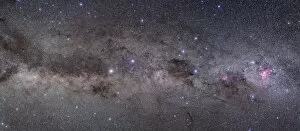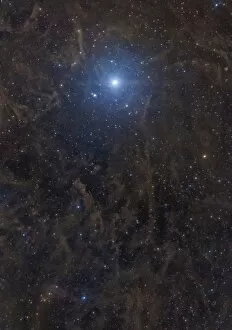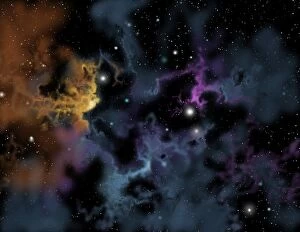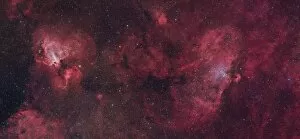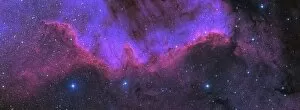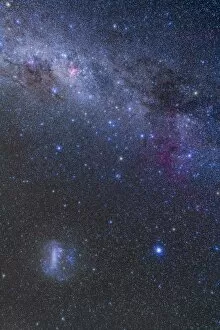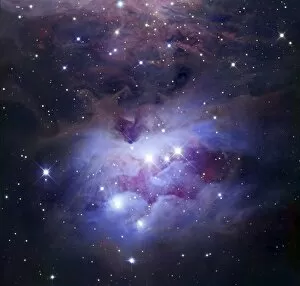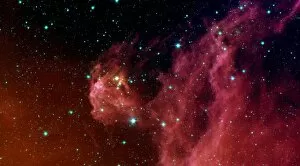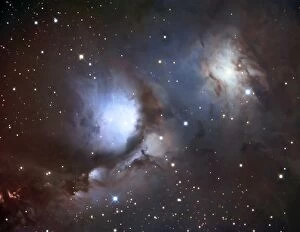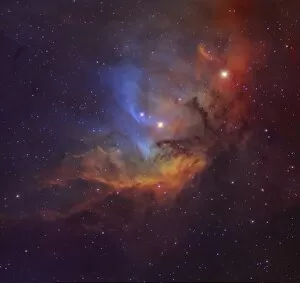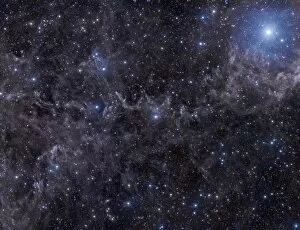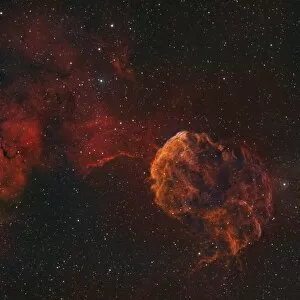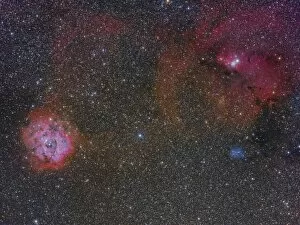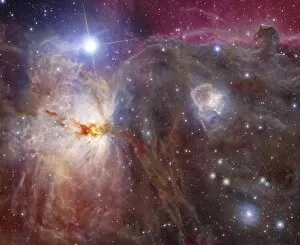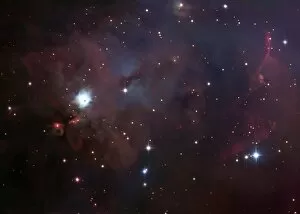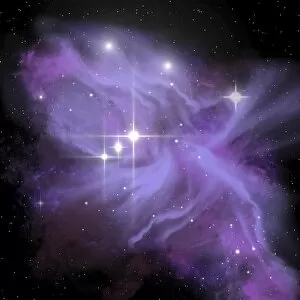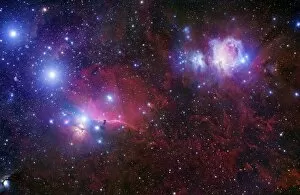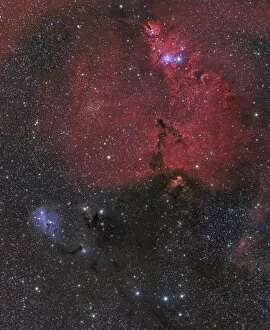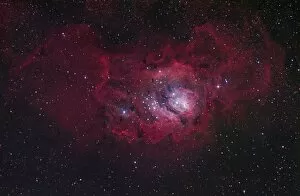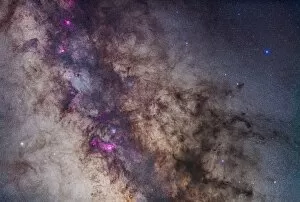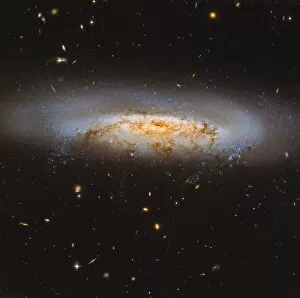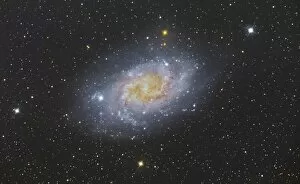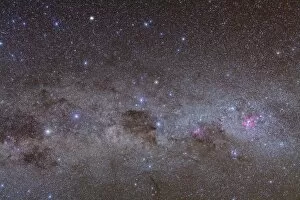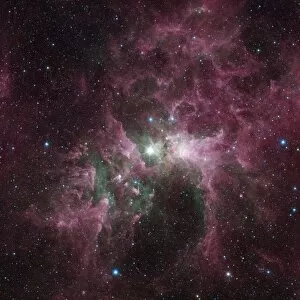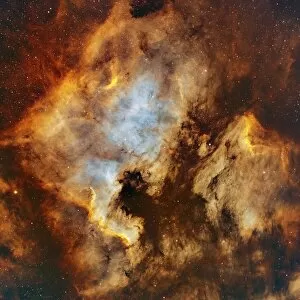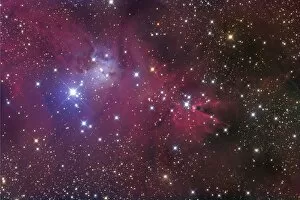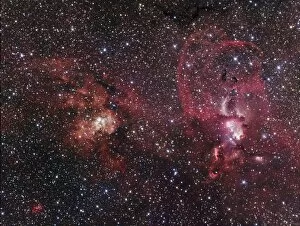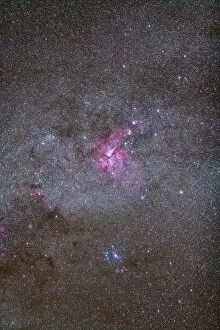H Ii Regions Collection (#3)
H II regions, the celestial nurseries of stars, are scattered throughout our vast universe
For sale as Licensed Images
Choose your image, Select your licence and Download the media
H II regions, the celestial nurseries of stars, are scattered throughout our vast universe. From M16, The Eagle Nebula in Serpens to The Orion Nebula and NGC 3324, also known as the Gabriela Mistral Nebula located in the constellation - these breathtaking regions captivate astronomers and stargazers alike. IC 2177, the Seagull Nebula spreads its wings across the sky while Pillars of Creation stand tall within the Eagle Nebula. The Horsehead Nebula in the constellation Orion adds a touch of mystery to this cosmic dance. The beauty continues with The Hourglass Nebula's mesmerizing shape and NGC 6523, better known as the Lagoon Nebula's ethereal glow. As we journey deeper into space, we encounter The Carina Nebula or NGC 3372 - a stunning display of colors that ignite our imagination. Dreams take flight amidst these celestial wonders; their inspirational quotes and motivational posters reminding us to reach for the stars. Star formation thrives within Tarantula Nebula while at its core lies The Trapezium Cluster - a radiant centerpiece within The Orion Nebula. H II regions serve as reminders of our place in this vast cosmos – where new stars are born and dreams find their spark.

